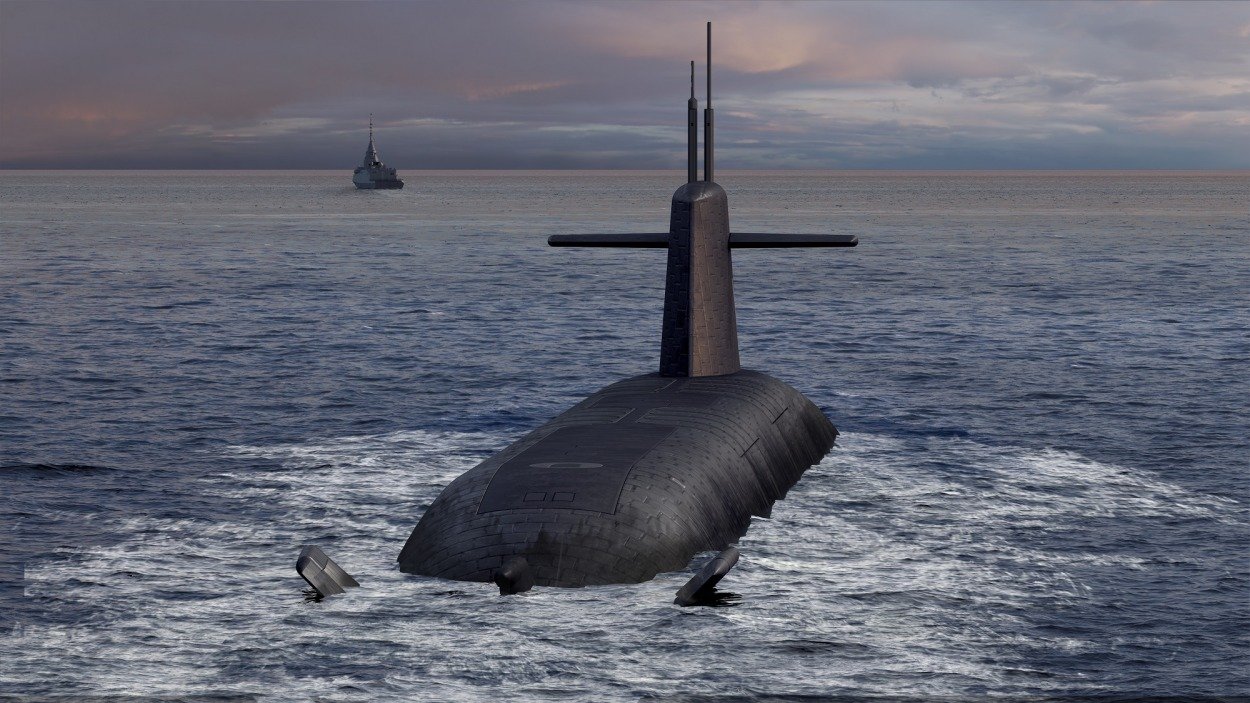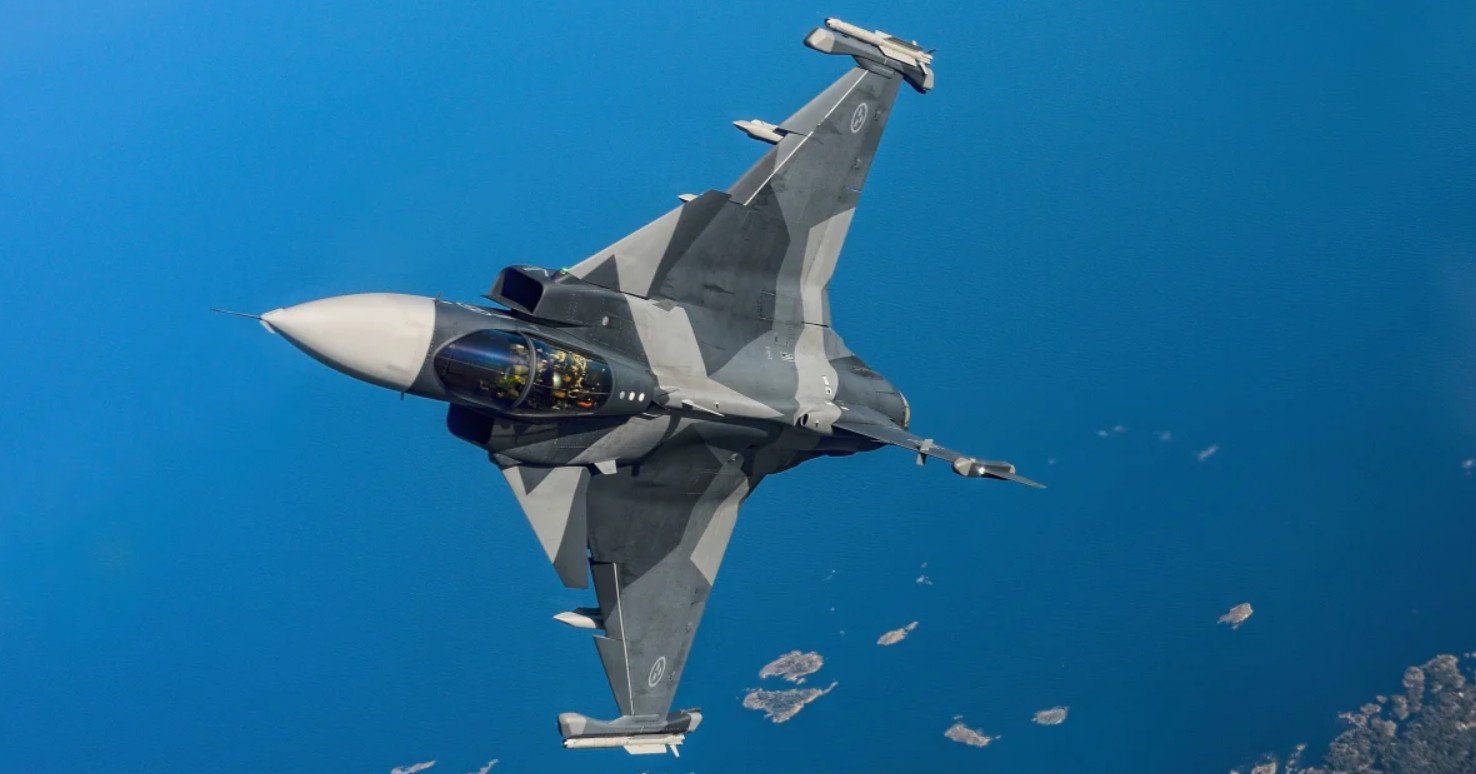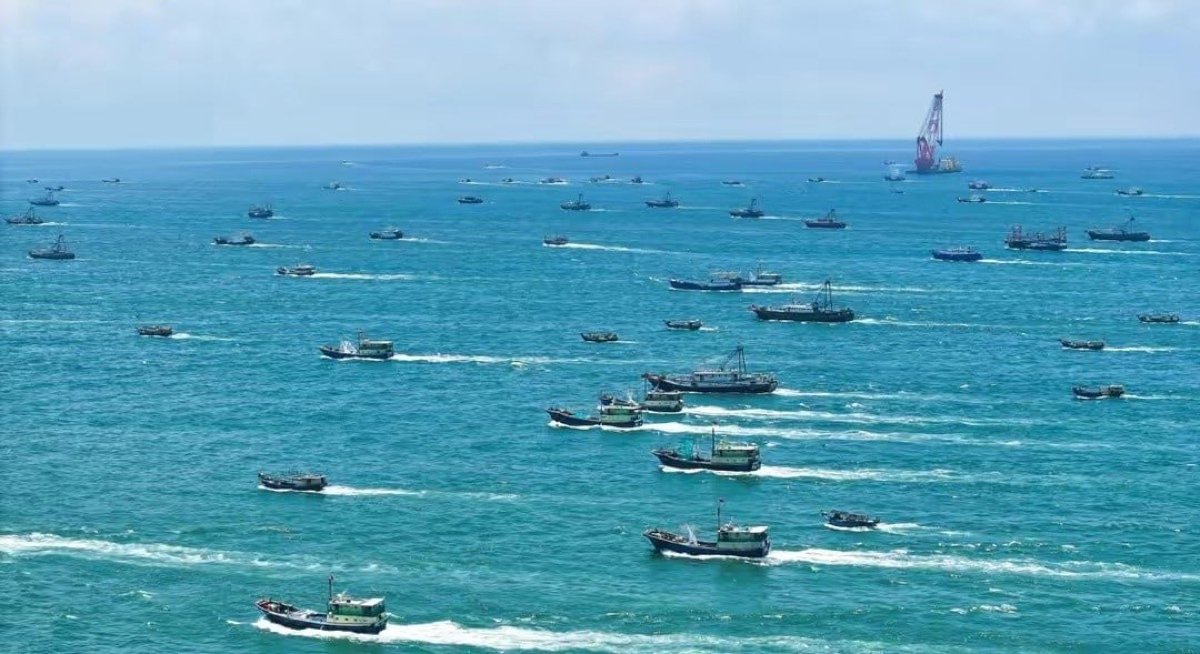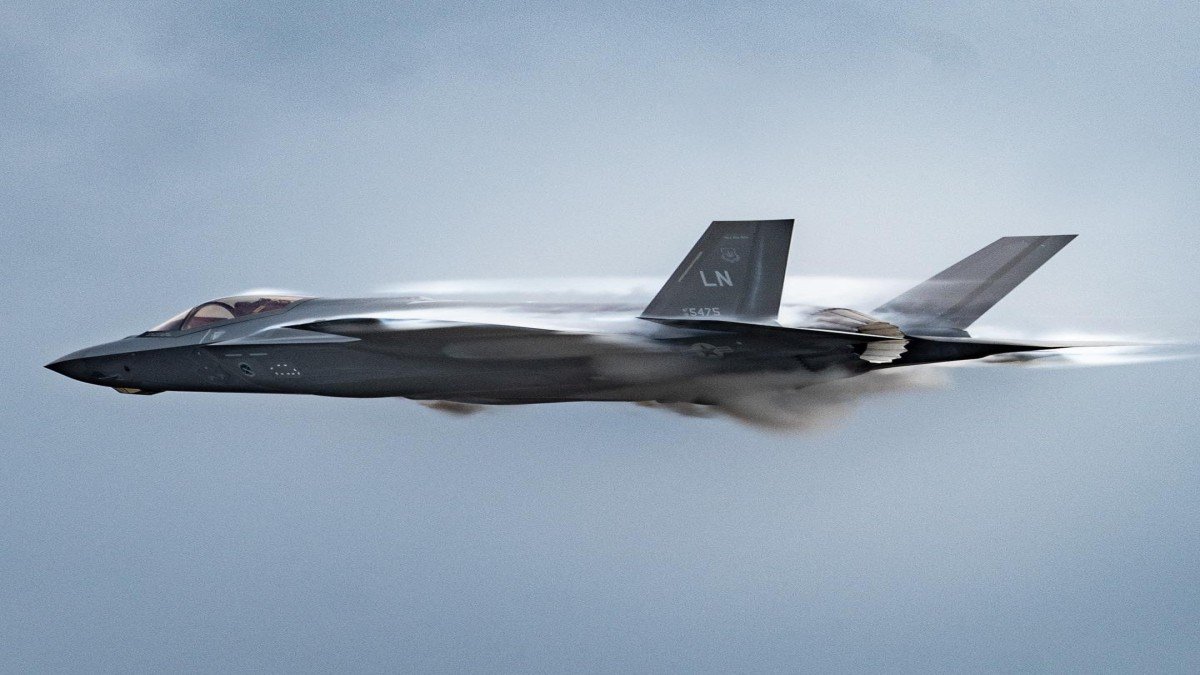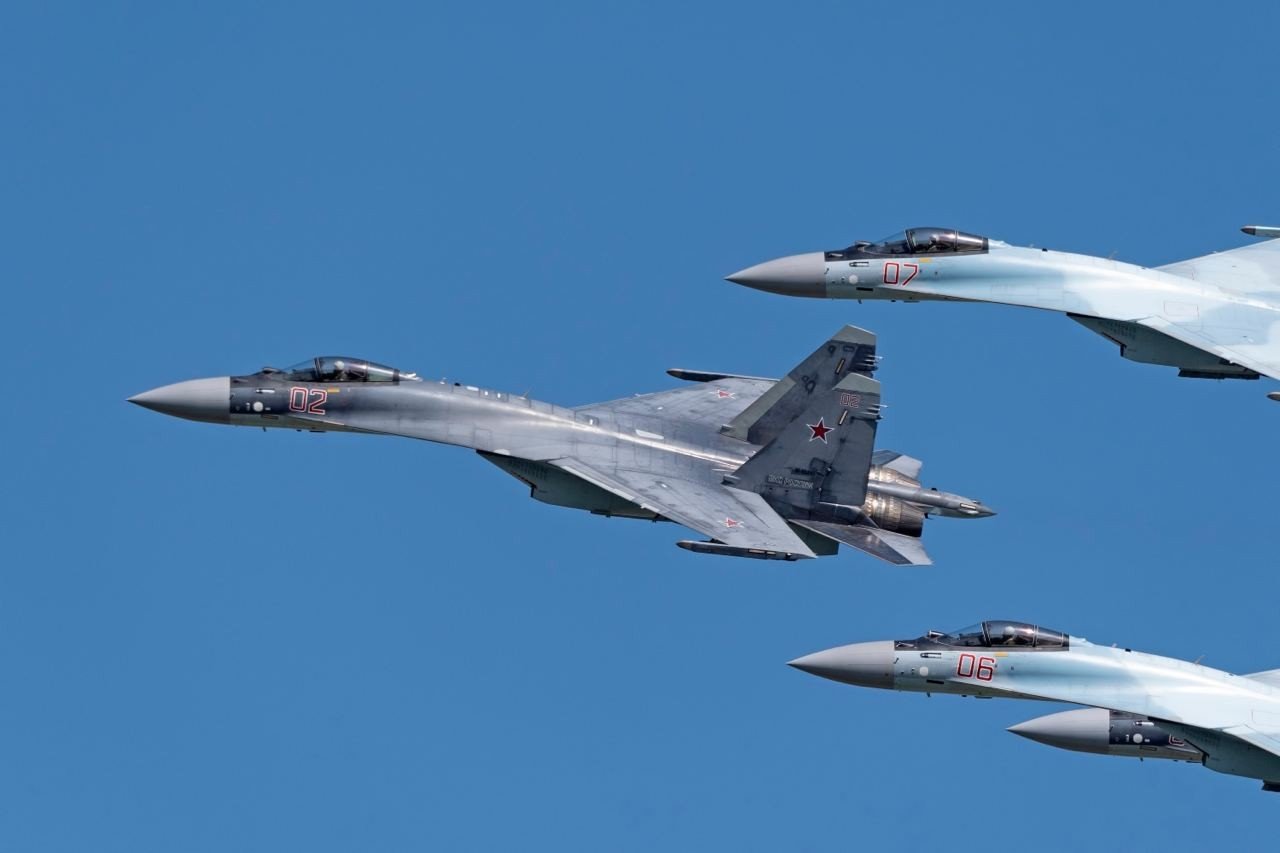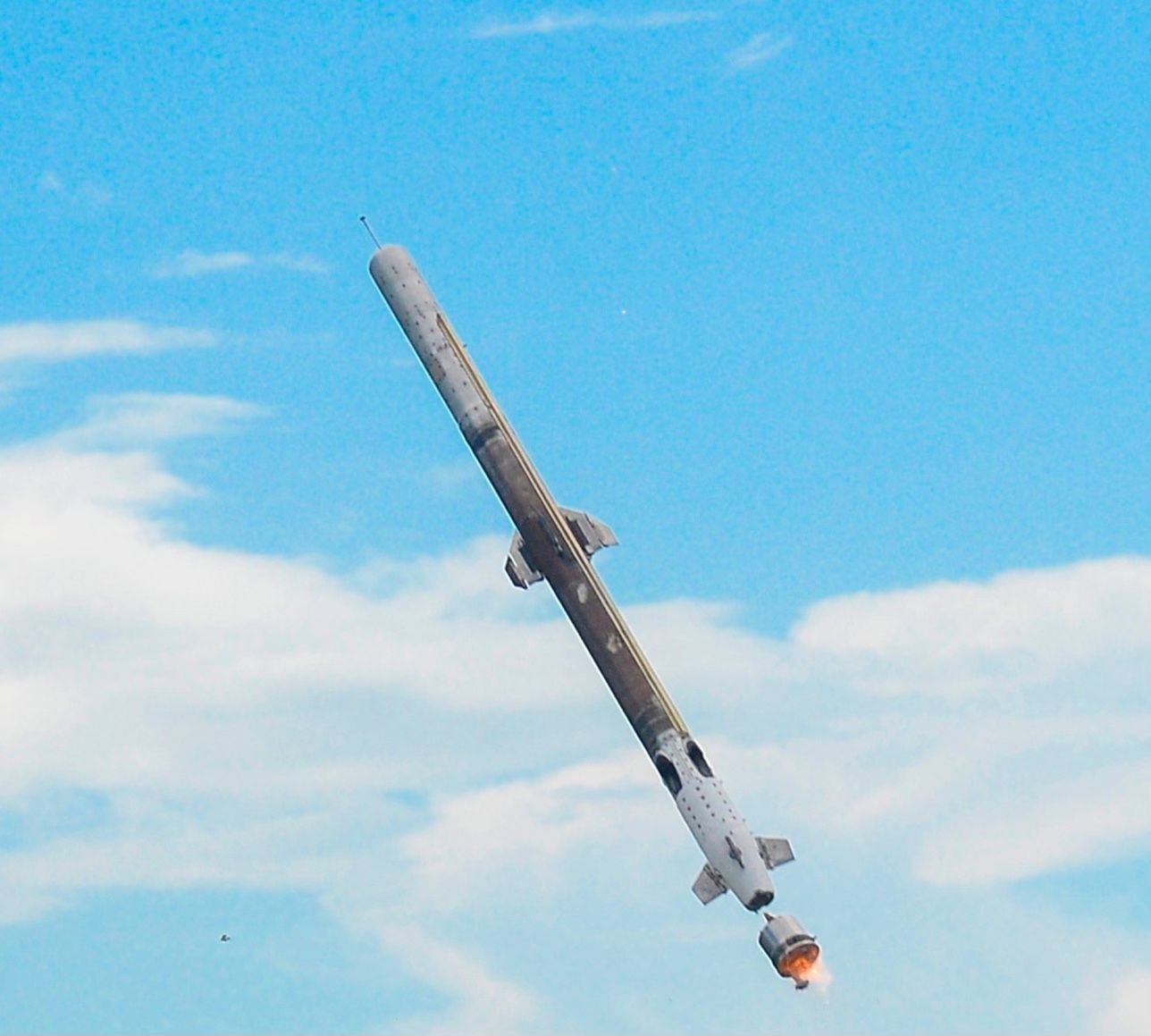India’s nuclear submarine program is gaining momentum to counter the Chinese Navy, already the world’s largest. By 2036, India is expected to have its first indigenous nuclear attack submarine. Additionally, Project INS Varsha, a dedicated base for nuclear submarines, is set to become operational within the next two years.
India’s Navy Chief, Admiral Dinesh Tripathi, has confirmed that the country’s first indigenous nuclear attack submarine is expected to be ready by 2036, with the second following within two years.
This marks the first official statement regarding the nuclear attack submarine program (SSNs). The project, covering the first two submarines, is estimated to cost Rs 35,000 crore ($4.5B).
Naval sources also told the EurAsian Times that INS Varsha, India’s dedicated nuclear submarine base, is expected to become operational within two years. This facility will serve as a hub for the Indian Navy’s current and future submarines.
Developing nuclear attack submarines and the base will significantly bolster the Navy’s strategic capabilities in the Indian Ocean Region (IOR) and the South China Sea.
India’s Nuclear Attack Submarine Project
In October 2024, the Cabinet Committee on Security (CCS), chaired by the Prime Minister, approved the construction of two indigenous nuclear attack submarines. The Indian Navy requires six such submarines.
Admiral Dinesh K. Tripathi, during the annual press conference on December 2, described the project as a “game changer.” He emphasized that it would enhance the Indian Navy’s operational capabilities and bolster the defense manufacturing ecosystem, marking a significant milestone for the ‘Make in India’ initiative in the next five years.
With the government’s approval for two submarines, Admiral Tripathi emphasized the confidence in India’s capacity to design and manufacture complex defense platforms. He pointed out that the submarine program will mirror the successful model used in India’s nuclear-powered ballistic missile submarines (SSBN) project, where the Navy took the lead in design and worked closely with the defense industry for manufacturing. This approach, as seen with the Arihant nuclear submarine (SSBN) program, led to the creation of two nuclear-armed submarines.
The project will involve multiple indigenous stakeholders, including the Bhabha Atomic Research Centre (BARC), the shipbuilding centers, design agencies, and private sector partners. These entities will play a crucial role in developing India’s first nuclear attack submarine, which is expected to join the Navy’s fleet by 2036-37. Admiral Tripathi also highlighted the significant involvement of the private sector and the anticipated impact on secondary and tertiary industries.
India’s first nuclear-powered attack submarines will transform the Indian Navy’s strategic capabilities while supporting the country’s goal of becoming fully Aatmanirbhar (self-reliant) by 2047. Furthermore, these submarines will serve as a key counterbalance to the growing maritime presence of China and Pakistan in the Indian Ocean Region (IOR).
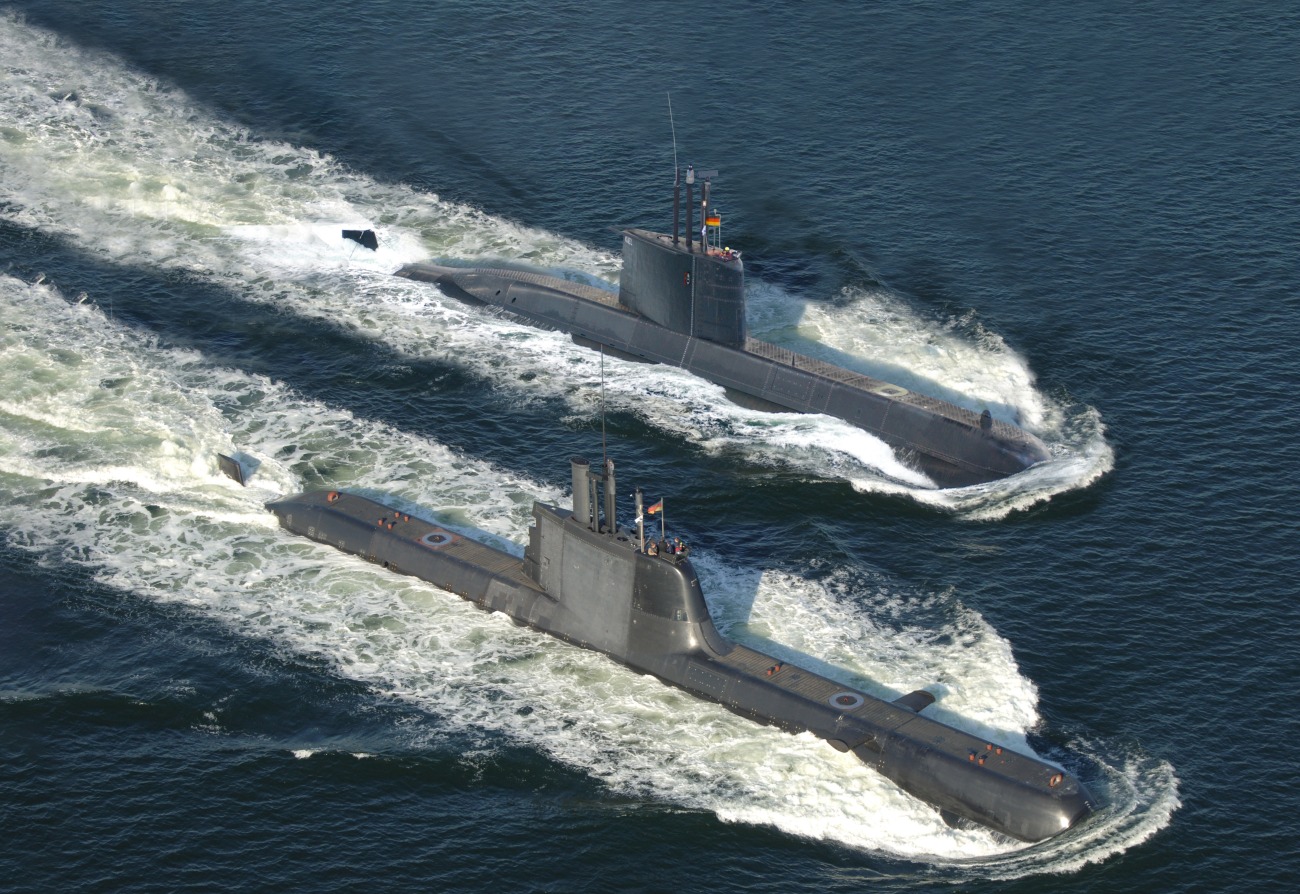
India’s Nuclear Submarine Fleet
There are three primary types of submarines worldwide: Diesel-Electric Submarines, Diesel-Electric Submarines with Air-Independent Propulsion (AIP), and Nuclear-Powered Submarines.
Currently, India operates 16 diesel-electric-powered submarines and four nuclear-powered submarines.
-
INS Arihant: India’s first indigenous nuclear-powered ballistic missile submarine (SSBN), commissioned in August 2016.
-
INS Arighat: India’s second SSBN, commissioned on August 29, 2024, by Defence Minister Rajnath Singh. In the past week, the K4 ballistic missile fired from INS Arighat has raised concerns in both China and Pakistan. The successful missile launch was officially announced by Navy Chief Dinesh Tripathi.
-
INS Aridhaman: The third SSBN, set to be commissioned next year.
-
S4* (Codename): India launched its fourth SSBN at the Ship Building Center (SBC) in Visakhapatnam in October 2024.
Nuclear-powered submarines, as the name suggests, operate on nuclear energy. While India currently possesses nuclear-powered ballistic missile submarines (SSBNs), it lacks Nuclear-Powered Attack Submarines (SSNs).
However, this gap is set to be addressed with the government’s recent approval to construct two SSNs, marking a significant expansion in India’s naval capabilities.
INS Varsha – House For Nuclear Submarines
As reported by the EurAsian Times, India is making significant strides in building a dedicated base for its nuclear submarines i.e. INS Varsha.
This underground base is located near the coastal village of Rambilli in Andhra Pradesh, approximately 70 km from the Visakhapatnam naval base. It is expected to become operational within the next two years.
India has long recognized the need for a stealthy naval base capable of housing nuclear attack submarines. The second phase of Project Varsha has been delayed since 2010 due to a forest-land acquisition issue. However, in 2018, the Modi government swiftly cleared the obstacles and expedited the project.
Six years later, this highly secure and advanced naval base is nearing completion. It is set to reshape naval power dynamics not only in the Bay of Bengal and the Indian Ocean Region but also across the Indo-Pacific.
Although the exact cost of INS Varsha remains undisclosed, estimates suggest it could reach around US$3.75 billion. The base is designed to accommodate over 12 nuclear-powered submarines, including the Arihant-class and the future S5-class vessels.
INS Varsha will also play a pivotal role in strengthening security cooperation with Quad partners—the United States, Japan, and Australia—while fostering technological collaborations and joint ventures with like-minded nations.
Moreover, the base will significantly enhance India’s ability to project naval power and extend its influence across the vast Indo-Pacific region, enabling the Indian Navy to operate far beyond its immediate waters.
Regional Threats To India
India is rapidly developing its naval capabilities through a comprehensive nuclear submarine plan while closely monitoring the growing naval strength of neighboring China and Pakistan.
Pakistan is working toward becoming a 50-ship force, with many of its warships and submarines being built with Chinese assistance, highlighting Beijing’s intent to enhance Pakistan’s naval strength.
China, for its part, is set to increase its submarine fleet. By next year, China will add five new submarines to its current fleet of 60, raising the total to 65. This includes six Ballistic Missile Submarines (SSBNs), six Nuclear-Powered Attack Submarines (SSNs), and 48 Diesel-Electric Attack Submarines, of which 21 are equipped with Air Independent Propulsion (AIP) technology.
According to Navy Chief Admiral Dinesh Tripathi, India is adapting its strategies to address potential regional threats. India is in the final stages of negotiations to acquire three additional Kalvari-class submarines and Rafale M jets, with procurement contracts expected to be signed soon. Major warship and submarine construction programs are also underway, with the Navy on track to become a 175-warship strong force.
The growing tensions in the Indo-Pacific region have sparked global concerns about the possibility of a large-scale conflict. In this context, India is preparing for maritime conflicts, positioning itself to play a key role if such a conflict erupts in the region.
- Shubhangi Palve is a defense and aerospace journalist. Before joining the EurAsian Times, she worked for ET Prime. In this capacity, she focused on covering defense strategies and the defense sector from a financial perspective. She offers over 15 years of extensive experience in the media industry, spanning print, electronic, and online domains.
- Contact the author at shubhapalve (at) gmail.com
